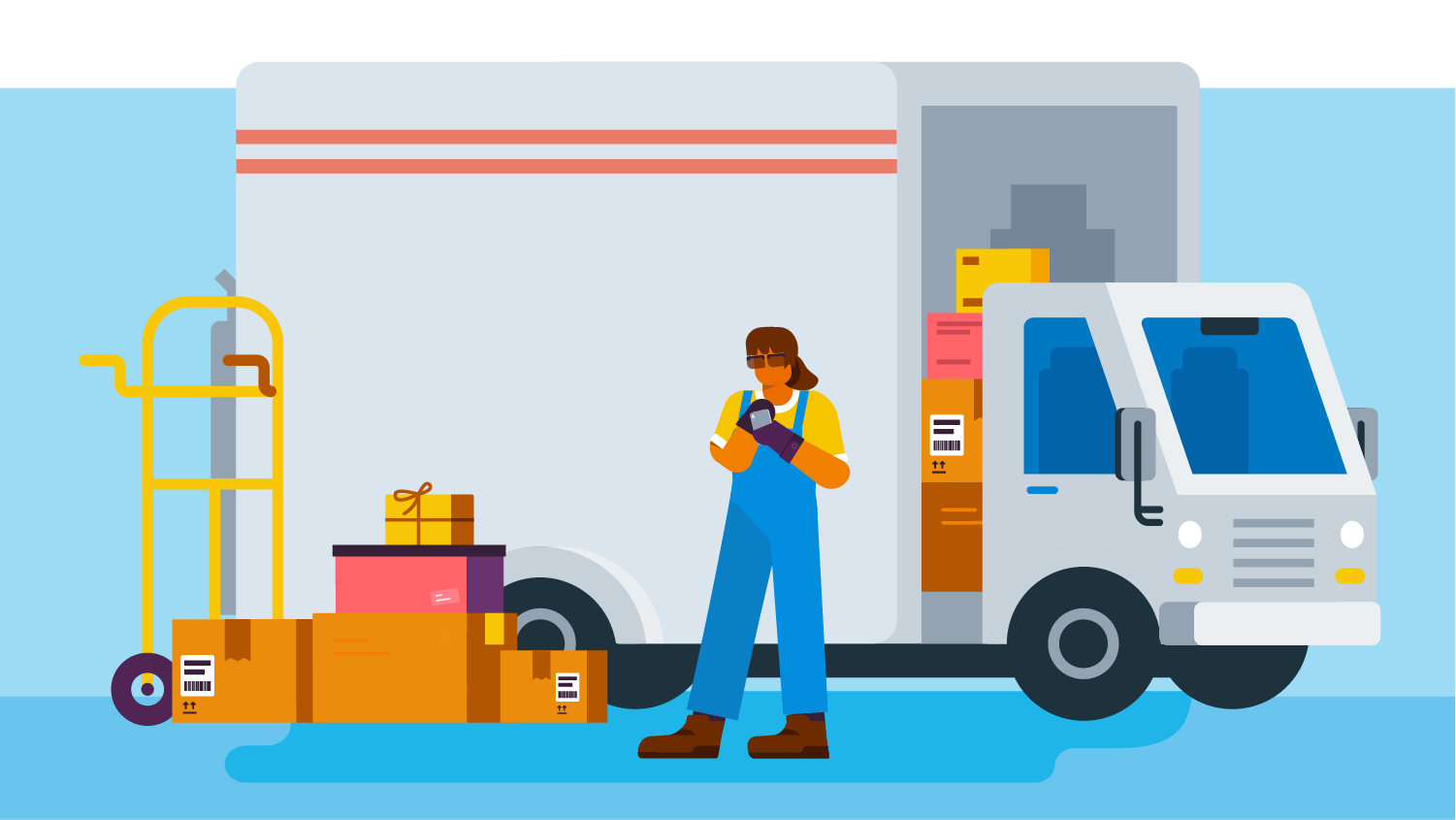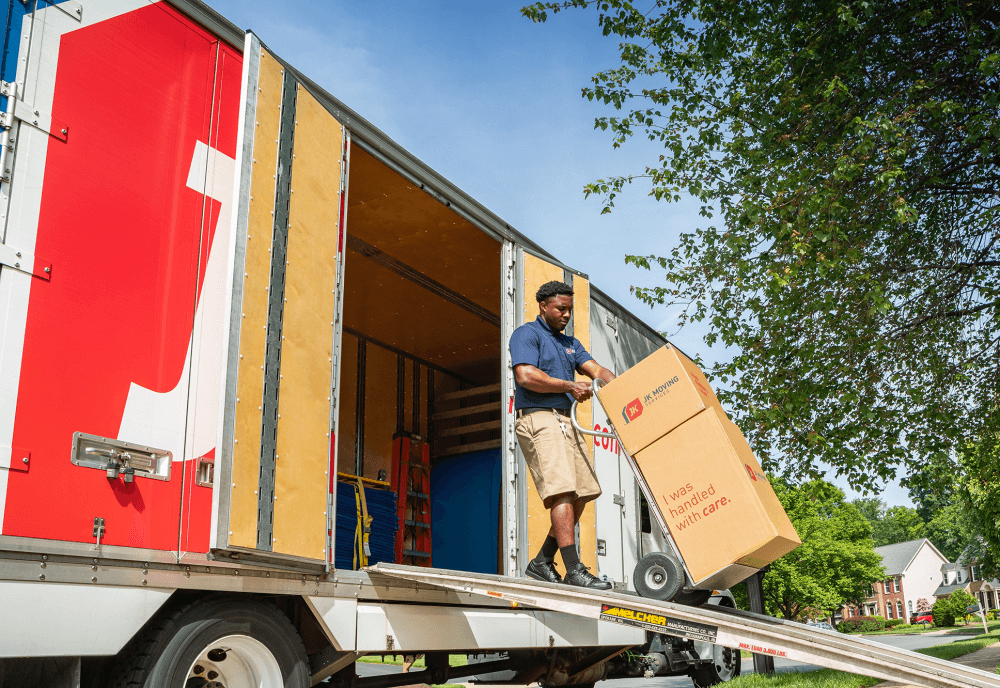Movers For Events: Expert Moving Specialists Can Help Make Your Transition Smooth And Hassle-free
History and Advancement of Moving Solutions
The Dawn of Moving: From Muscle to Devices
Photo this: a handful of strong males hauling heavy trunks on wood carts, browsing cobblestone streets with sweat and determination. Before the modern-day moving market took shape, moving was a ruthless, labor-intensive job. In ancient times, relocation frequently implied counting on large physical strength and primary tools. The absence of specialized services suggested families and merchants had to collaborate every information themselves, often running the risk of damage or loss.
Isn't it remarkable how requirement fuels innovation? As cities broadened and commerce thrived, the requirement for effective, dependable moving solutions became glaringly apparent. Enter the age of horse-drawn wagons and later on, motorized vehicles, which changed how possessions took a trip from one place to another.
Industrial Revolution: The Driver for Modification
The 19th century's industrial boom reshaped lots of elements of life, including how individuals moved. All of a sudden, urban migration surged, and with it, the need for expert movers increased. No longer was moving a simple task; it evolved into a customized service offering:
- Packaging proficiency to safeguard fragile products
- Organized filling strategies making the most of area
- Transportation solutions customized to various ranges
This period marked the birth of business devoted solely to moving, preparing for today's complex logistics and customer-centric methods.
Technological Developments and Their Effect
Can you imagine moving without contemporary equipment? The development of hydraulic lifts, forklifts, and pallet jacks transformed the industry over night. All of a sudden, movers could manage large furniture and heavy home appliances with ease, decreasing injuries and improving effectiveness.
Moreover, the integration of digital innovation stimulated a new age of innovation. GPS tracking, online reservation platforms, and real-time stock management have actually ended up being staples in the moving services landscape. These tools not just boost openness but also empower consumers to stay linked and informed throughout their moving journey.
Secret Milestones in Moving Services Advancement
| Period | Development | Significance |
|---|---|---|
| Ancient Times | Manual work and basic carts | Foundation of moving as a need |
| 19th Century | Horse-drawn wagons and packing services | Birth of expert moving business |
| 20th Century | Motorized trucks and mechanized devices | Increased effectiveness and scale |
| 21st Century | Digital integration and GPS innovation | Enhanced client experience and logistics |
Reflections on the Journey
Reviewing the evolution of movers, one might question: how did a basic act of carrying possessions become an advanced market? It's a tale of resilience, adjustment, and continuous enhancement. From the sweat-soaked streets of old to the precision-driven operations these days, the history of moving services is as vibrant as individuals who count on them.
Next time you pack a box or employ a mover, think about the layers of history ingrained in every action. The check here journey of movers encapsulates human resourcefulness, changing what was as soon as a complicated task into a smooth experience.
Checking out the Spectrum of Moving Providers
When the time pertains to move your life from one address to another, the range of moving services available can feel like browsing a maze. Do you need a basic loading and unloading team, or does your move demand the finesse of full packaging and unpacking? Understanding the subtleties can save hours of aggravation and unexpected costs.
Common Kinds Of Moving Services
- Local Moves: Designed for relocations within a city or city location, these services generally run on a hourly basis, best for brief ranges.
- Long-Distance Relocations: Covering moves beyond 100 miles, these require more coordination, from logistical preparation to protect transportation, frequently priced by weight and distance.
- Full-Service Moves: Movers deal with everything-- packaging, filling, transferring, dumping, and sometimes even unpacking. Perfect for those pushed for time or energy.
- Self-Service Relocations: You load and fill your belongings, while the business handles transport and unloading. A middle ground offering cost savings and some convenience.
- Specialty Relocations: For fragile, bulky, or valuable items like pianos, antiques, or artwork, needing specialized devices and know-how.
Professional Tips to Navigate Your Moving Service Choices
- Focus on Flexibility: Select a service that adjusts to unanticipated delays or last-minute changes-- stiff schedules can turn a smooth relocation into a logistical nightmare.
- Check Insurance Coverage Options: Not all moving business supply the exact same level of security. Understanding your coverage can avoid distress if something goes awry.
- Request In-depth Inventories: An accurate item list prevents conflicts and makes sure accountability, specifically when handling long-distance or specialized relocations.
- Think About Season: Seasonal need can impact availability and rates. Early scheduling throughout off-peak seasons may approve better service and flexibility.
- Ask About Packaging Materials: Premium boxes, bubble wrap, and cushioning can be the difference in between a scratched heirloom and a pristine arrival.
Table: Service Features Compared
| Service Type | Who Packs? | Transport Mode | Typical Pricing Design | Suitable For |
|---|---|---|---|---|
| Local Move | Customer or Movers | Truck | Per hour | Brief ranges, little loads |
| Long-Distance Move | Movers | Truck or Container | Weight & & Range | Cross-state or local relocation |
| Full-Service Move | Movers | Truck | Flat or Weight-Based | Time-sensitive, high-stress moves |
| Self-Service Move | Client | Truck or Container | Flat or Hourly | Cost-conscious, hands-on movers |
| Specialized Move | Movers with expertise | Specialized Devices | Customized Quote | Vulnerable or valuable products |
The Unseen Complexity Behind Each Option
Have you ever wondered why moving appears uncomplicated on television but turns into a cascade of last-minute choices in real life? The fact depends on the intricacies of each service type. Full-service moves might appear like a luxury, however the knowledge included in packaging fragile treasures or dismantling bulky furnishings is a craft honed over years. On the other hand, choosing a self-service relocation might conserve money, but it requires an eager understanding of how to pack effectively-- did you understand that stacking strangely shaped boxes improperly can cause internal moving during transit, damaging vulnerable contents?
Picking the ideal type of moving service is not practically benefit-- it has to do with securing your memories and financial investments. What's your relocation's story going to be?

Packaging and Moving Techniques
Ever tried to fit a suitcase that simply won't close? That's the sort of puzzle professional movers fix daily-- but on a much larger scale. The secret lies not in brute force but in strategic positioning and intelligent usage of area. Packaging isn't simply about packing items into boxes; it's an art kind where every inch counts.
Layering for Success
Envision a painter layering colors to produce depth. When packaging, begin with much heavier items at the bottom, then cushion with softer materials like bubble wrap or towels. This prevents damage and maximizes box stability. Unusually formed products can slip into gaps, lowering lost area.
- Wrap vulnerable products individually with tissue or foam to prevent scratches.
- Usage clothing as cushioning-- it's both efficient and environment-friendly.
- Fill empty areas with packing peanuts or crumpled paper to minimize movement.
Labeling: The Unsung Hero

What great is ideal packing if you invest hours rummaging through boxes? Detailed labeling is a game-changer. Rather of vague tags like "Kitchen," try this approach:
| Label | Description | Priority |
|---|---|---|
| Delicate - Glasses | Manage with care, consists of delicate products | High |
| Essentials - First Night | Items needed right away after moving | Urgent |
| Books - Research Study Space | Stacked, heavy books | Medium |
Strategic Packaging Tips
- Disassemble big furniture and keep screws in identified bags taped to the pieces.
- Use uniform box sizes when possible-- stacking ends up being easier and more secure.
- Don't overpack boxes; weight limits exist for a reason. Go for 40-50 pounds max.
- Wrap furnishings edges with moving blankets to prevent scratches throughout transit.
- Seal boxes with high-quality packing tape-- double layers on the bottom are vital.
Why do some movers swear by a color-coded system? Since it removes uncertainty on moving day. Designate each room a color and mark boxes accordingly. This little action can conserve hours when dumping and unpacking.
Packaging and moving demand precision-- like a chess game where every move counts. Have you ever noticed how some movers manage bulky products effortlessly? They utilize angles and pivot points to browse tight corners without damage. It's not muscle; it's strategy.
Unseen Struggles Behind the Moving Van Doors
Ever enjoyed a group of expert movers bring a grand piano through a narrow doorway and questioned how they pull it off without a scratch? The art of moving isn't simply muscle and trucks; it's a delicate dance with unpredictability. Weather can flip from a sunlit true blessing to a torrential hazard in minutes, turning a straightforward drive into a logistical maze.
One notorious hurdle is the labyrinthine layout of some homes or apartment or condos. Staircases too tight for dollies, doorways narrower than basic boxes, or elevators that barely fit a couch-- these physical quirks demand innovative options on the spot. Movers often turn to unconventional techniques like disassembling furniture or employing custom-made padding to secure both the item and the home.
Precision Packing: More Than Just Wrapping
It's tempting to think packing is simply stuffing boxes, however the truth is a complicated puzzle of weight circulation and fragility. Movers must anticipate how products will shift throughout transit-- a mistake can indicate shattered heirlooms or dented appliances. The secret weapon? Strategic layering and using materials with specific shock-absorbing qualities.
- Bubble wrap is basic, but rotating it with foam sheets can considerably decrease effect damage.
- Heavy products address the bottom; delicate ones nestle on top, cushioned by soft textiles.
- Labeling boxes not simply by contents however by managing directions makes sure quicker, safer discharging.
Another less discussed pressure is the mental toll. The clock ticks relentlessly, and every hold-up ripples through tight schedules. Remaining calm amid chaotic last-minute modifications requires imagination and team synergy.
Traffic Congestion and Timing: The Undetectable Challengers
| Obstacle | Professional Method | Effect |
|---|---|---|
| Urban congestion | Path optimization apps and versatile scheduling | Reduces hold-ups and fuel intake |
| Parking constraints | Pre-arranged licenses or strategic parking nearby | Avoids fines and time loss |
| Unpredictable weather | Waterproof coverings and contingency plans | Protects the condition of goods and equipment |
Do you actually understand what it requires to keep a moving day on track? It's not almost strength or endurance; it's about foresight, versatility, and a deep understanding of every piece of the puzzle. The next time you see movers at work, keep in mind: behind that smooth operation lies a series of calculated maneuvers and quick thinking that couple of ever notification.
Comments on “White Glove Movers: How to Select the Top Movers for Your Next Move”